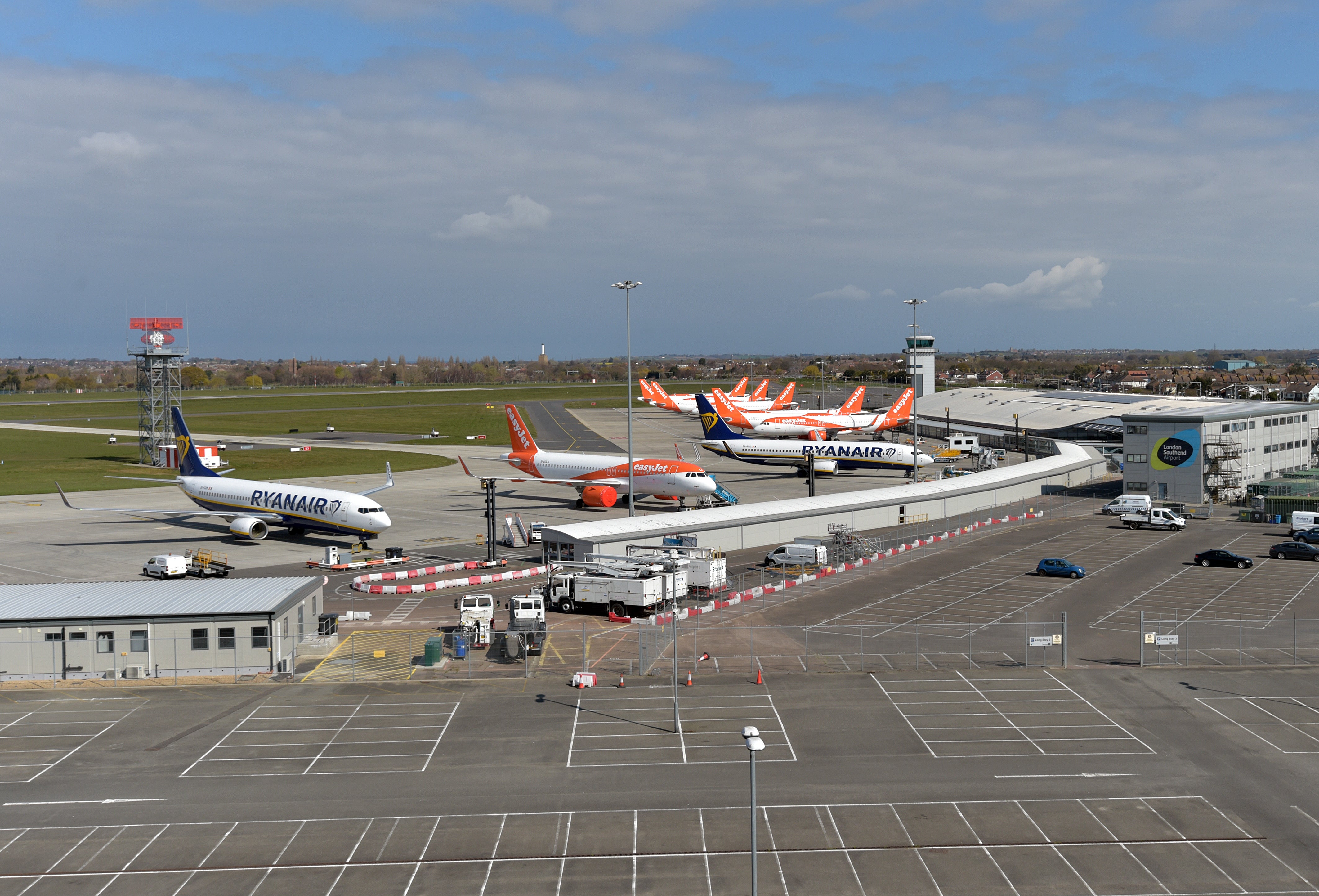Electric dreams for Southend airport after easyJet and Ryanair fly away
Plane Talk: the only way is no longer Essex

The business plan was brilliant on paper and – initially – in reality. Southend airport was reinvented in 2012 as the Essex jambuster.
London, the world capital of aviation, was becoming ever more popular with travellers. But between them, Heathrow, Gatwick, Stansted and Luton had only five runways – one fewer than Amsterdam Schiphol airport. Even with the addition of London City’s short runway, the capital was looking short of slots.
With politicians only too glad to kick the “airport-expansion can” down the road and almost out of sight, reviving the moribund airstrip in southeast Essex looked a brilliant idea.
Southend was the aerodrome where Freddie Laker founded his aviation empire, and was once the UK end of the busiest international air route in the world.
In the days before roll on/roll off ferries became common, Southend was the main point of departure for car-carrying aircraft bound for Ostend in Belgium – less than 100 miles away, ideal shuttling distance for these converted military freighters.
That business literally went south, to Dover Eastern Docks. With Stansted airport, at the other end of Essex, designated as London’s third airport, for a few decades, Southend had no obvious purpose. But as pressure grew on the rest of the London aviation system, the Stobart Group saw an opportunity.
A £100m investment extended the runway and created a new terminal with a railway station just 100 paces from check-in.
The airport reopened in 2012 with easyJet moving some services from Stansted. Not only were Southend’s costs competitive, the location was away from the hyper-congested skies over the capital, in the shape of the London Terminal Manoeuvring Area.
The rail link covering the 40-mile journey from Liverpool Street station in the capital takes 53 minutes, passing through Stratford – hub of a huge east London catchment area.
As easyJet expanded, other airlines – including Ryanair – moved in to take advantage of the efficient operation and ready availability of prime slots.
With Europe’s two biggest budget carriers installed, Southend expanded fast – and won the Airport Operators’ Association best small airport award two years running.
I was a frequent customer, whether on the big boys’ Airbuses and Boeings or the snazzy Embraer commuter jet that flew in the colours of Flybe for a while to places such as Prague and Perpignan. If you needed a late-notice summer ticket from Paris to London, forget Eurostar: easyJet to Southend was a quarter of the price.
Early on in the coronavirus pandemic, easyJet pulled out – retreating to its Gatwick and Luton hubs as passenger traffic dried up. This summer, Ryanair is the main show in town. But Europe’s biggest budget airline is to leave at the end of October.
London is far from being the aviation capital of Europe, let alone the world. The government, whose constantly changing and far-from-rational travel restrictions have been largely responsible for the slump, appears content that flights and passenger numbers have collapsed. With carriers coalescing around larger airports where slots are now easy to come by, Southend’s current raison d’être has vanished once again, along with the planes.
Hibernation looks set to start from November, give or take some cargo and maintenance operations and the occasional cameo as a stand-in for London City when fog comes down in Docklands.
Southend has a future, but most of it lies beyond the control of the owners. The blessed days when easyJet, Ryanair and even Wizz Air competed for business are probably gone for good.
Yet here’s a thought: viable electric aviation will arrive by the end of the 2020s. And when it finally does, battery life means that the shorter the flight, the better. Southend is exactly 50 miles closer to Amsterdam, Rotterdam and Dusseldorf than is Heathrow.
As in the days of the flying car ferries, the secret of the Essex airport’s future success? Location.
Subscribe to Independent Premium to bookmark this article
Want to bookmark your favourite articles and stories to read or reference later? Start your Independent Premium subscription today.

Join our commenting forum
Join thought-provoking conversations, follow other Independent readers and see their replies
Comments